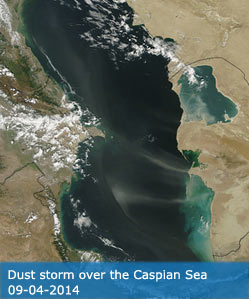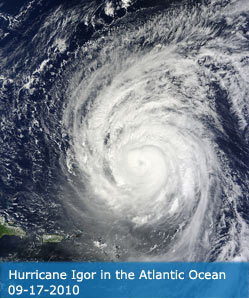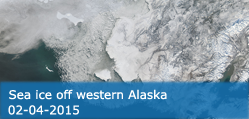Science Team
Publications
Ali, KA; Ortiz, J; Bonini, N; Shuman, M; Sydow, C (2016). Application of Aqua MODIS sensor data for estimating chlorophyll a in the turbid Case 2 waters of Lake Erie using bio-optical models. GISCIENCE & REMOTE SENSING, 53(4), 483-505.
Abstract
There is considerable interest in accurately estimating water quality parameters in turbid (Case 2) and eutrophic waters such as the Western Basin of Lake Erie (WBLE). Lake Erie is a large, open freshwater body that supports diverse ecosystem, and over 12 million people in the mid-western part of the United States depend on it for drinking water, fisheries, navigational, and recreational purposes. The increasing utilization of the freshwater has deteriorated the water severely and currently the lake is experiencing recurring harmful algal blooms (HABs). Improving the water quality of Lake Erie requires the use of robust monitoring tools that help water quality managers understand sources and pathways of influxes that trigger HABs. Satellite-based remote sensing sensor such as the moderate resolution imaging spectroradiometer (MODIS) may provide frequent and synoptic view of the water quality indices. In this study, data set from field measurements was used to evaluate the performance of 14 existing ocean color algorithms. Results indicated that MODIS data consistently underestimated the chlorophyll a concentrations in the WBLE, with the largest source of errors from dissolved organic matter and xanthophyll accessory pigments in this data set. Most of the global algorithms, including OC4v4 and the Baltic model, generated near-identical statistical parameters with an average R-2 of similar to 0.57 and RMSE similar to 2.9g/l. MODIS performed poorly (R-2 similar to 0.18) when its NIR/red bands were used. A slightly improved model was developed using similar band ratio approach generating R-2 of 0.62 and RMSE similar to 1.8g/l.
DOI:
10.1080/15481603.2016.1177248
ISSN:
1548-1603




